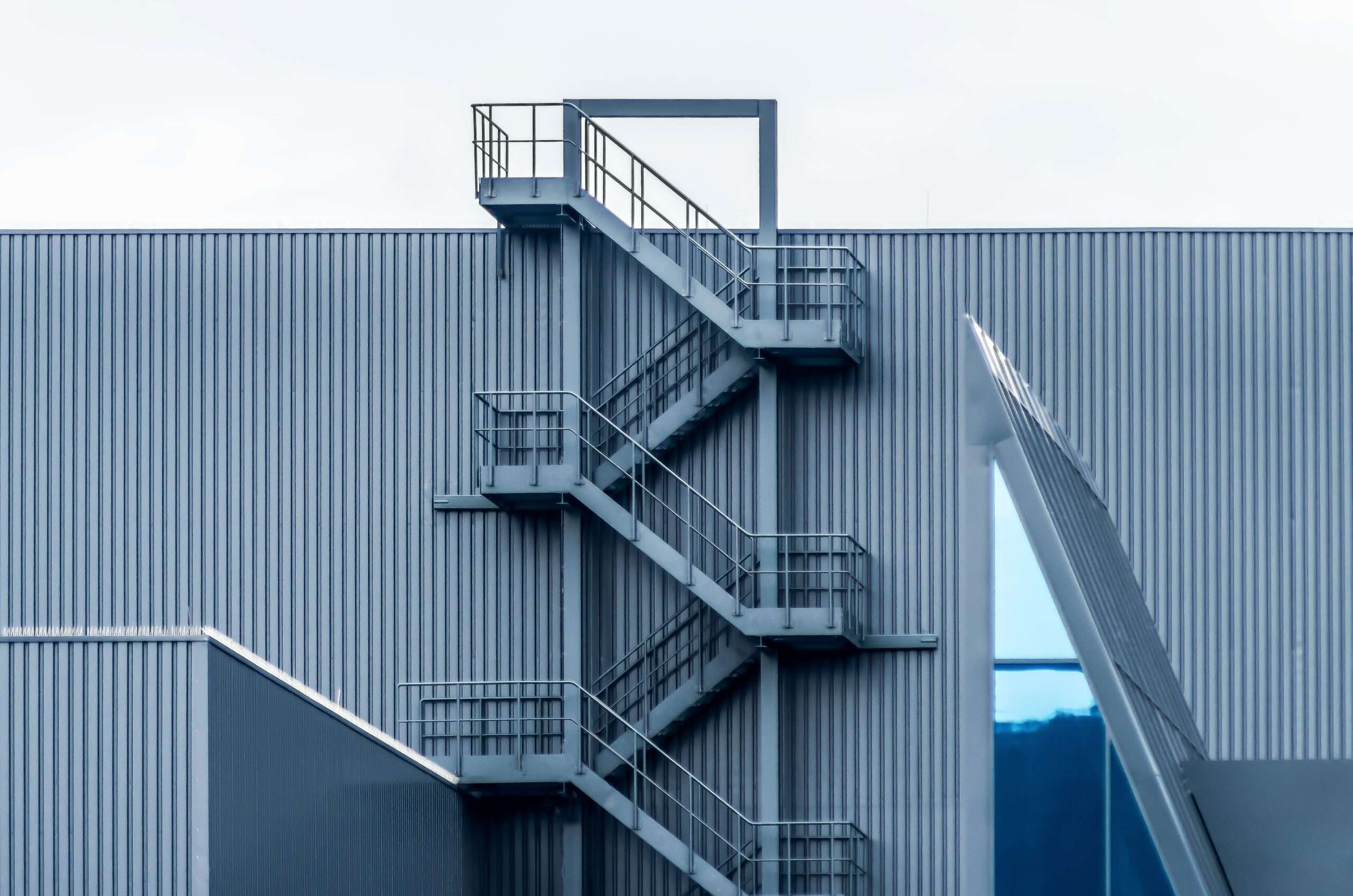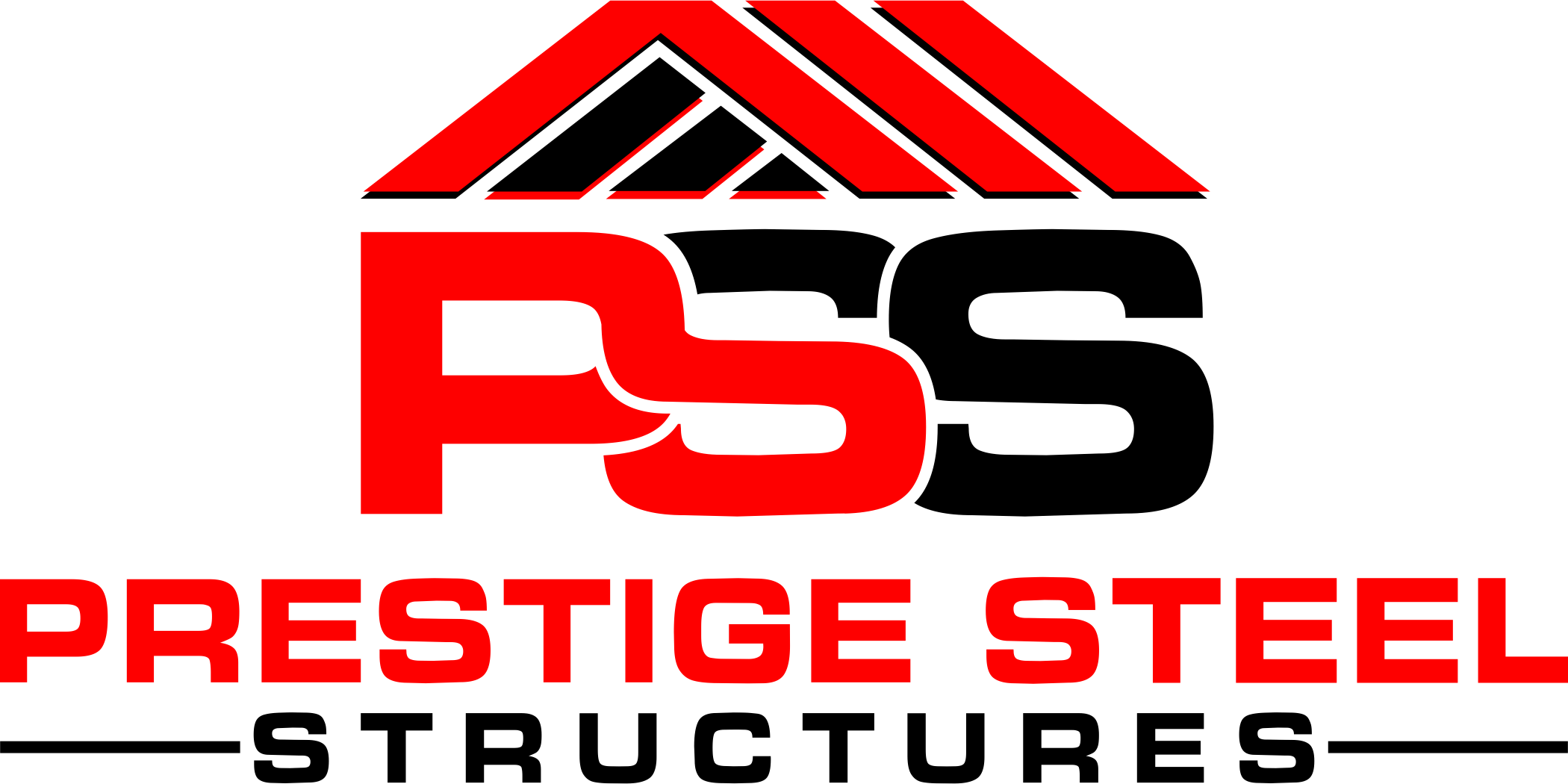Climate change is causing global disruption with more frequent droughts, severe storms, rising sea levels, melting glaciers, and warming oceans. These changes are not only threatening wildlife and ecosystems but also affecting daily life across the globe.
As the impact of climate change grows, addressing its effects has become crucial. One practical and cost-effective solution is to focus on energy-efficient buildings. Prioritizing energy efficiency in new construction—whether for homes, offices, or commercial facilities—not only supports environmental conservation but also results in substantial savings on energy bills. Metal buildings, in particular, offer energy efficiency advantages, such as reflective metal roofing, deep wall cavities for better insulation, and designs that minimize energy loss. Additionally, these structures often feature extra windows or skylights, reducing reliance on artificial lighting.

Why Metal Buildings Excel in Energy Efficiency
When you see a towering skyscraper or a sprawling commercial building, it’s likely that metal plays a key role in its construction. Beyond being incredibly durable and long-lasting, metal buildings are renowned for their energy efficiency. The use of metal allows building owners to manage and reduce energy costs, making these structures not only cost-effective but also environmentally friendly.
Even if your project doesn’t involve a massive structure like a skyscraper, opting for an energy-efficient building can significantly benefit both your finances and the planet. Here’s a closer look at the attributes that make metal buildings a smart choice for energy-conscious construction:
The Energy-Saving Power of Metal Roofs
Contrary to what you might assume, a metal roof doesn’t make a building hotter—in fact, it does the opposite. Metal roofing has the remarkable ability to reflect up to 70% of the sun’s energy back into the atmosphere, keeping the interior cooler compared to other materials like concrete, brick, stone, or tile. This reflective quality can lead to substantial savings on energy bills, especially in warm, sunny climates where air conditioning costs are typically high.
Additionally, metal roofs offer the flexibility to incorporate ventilation systems without compromising the structural integrity. This added ventilation further enhances your building’s energy efficiency, making metal roofing a highly advantageous choice.
Insulating Metal Buildings is a Breeze
Pre-engineered metal buildings come with deep wall cavities that make insulation not only possible but highly effective. With the right insulation, you can ensure that your building retains heat in the winter and stays cool in the summer, keeping external temperatures at bay and reducing your reliance on heating and cooling systems.
Moreover, metal buildings can be fully customized to meet your specific insulation needs. If you require advanced insulation solutions to boost energy efficiency, your metal building provider can tailor the insulation to suit your exact requirements.
Reduced Energy Consumption During Construction
One of the lesser-known benefits of metal buildings is their efficiency in the construction phase. Since metal buildings arrive at the site prefabricated, much of the construction work is completed before delivery. This means that once the structure is on-site, the remaining work mainly involves assembly, which is quicker and requires less energy.
This streamlined process not only cuts down on labor costs but also reduces the overall energy consumption during construction. Traditional building methods consume over a third of the world’s energy emissions, but by choosing a metal building, you can significantly lessen your impact on global energy usage.
Minimizing Energy Loss with Precision Construction
Wooden buildings are prone to small gaps and cracks that aren’t always visible, leading to energy loss when heating or cooling the interior. In contrast, prefabricated metal buildings are designed to avoid these gaps, thanks to the stability of steel, which doesn’t settle, twist, or crack. This precise construction ensures that your building remains draft-free, keeping energy waste to a minimum and maximizing efficiency.
Optimizing Natural Light to Reduce Electricity Use
Steel buildings often feature more windows than other types of structures, not only for aesthetic purposes but also to enhance energy efficiency. Many metal building owners also choose to install skylights, which further increase the natural light within the space.
With ample windows and skylights, your reliance on electric lighting during the daytime decreases, cutting down on energy consumption. This strategic use of natural light is another reason why metal buildings are a top choice for those looking to optimize energy efficiency.

Future Trends in Metal Building Energy Efficiency
As the demand for energy-efficient solutions grows, the metal building industry is at the forefront of incorporating cutting-edge technologies and innovative practices to enhance energy efficiency. Emerging technologies are set to revolutionize how metal buildings perform in terms of energy consumption and sustainability. Here’s a closer look at what the future holds:
Emerging Technologies and Innovations
Advancements in technology are rapidly transforming the landscape of metal building energy efficiency. One notable trend is the integration of advanced building materials and techniques that significantly improve thermal performance. For instance, new developments in reflective and insulating coatings can greatly reduce heat absorption, leading to cooler indoor environments and reduced air conditioning needs.
Additionally, the adoption of smart building technologies is becoming more prevalent. These include sophisticated energy management systems that utilize real-time data to optimize heating, cooling, and lighting based on occupancy and environmental conditions. By integrating sensors and automated controls, metal buildings can achieve higher levels of efficiency and lower energy costs.
Potential Advancements in Insulation, HVAC, and Building Design
The future of metal building energy efficiency also hinges on advancements in insulation materials and methods. Innovations such as spray foam insulation with enhanced thermal resistance and the use of aerogel – a highly insulating material – are set to provide superior performance. These advanced insulation options not only help in maintaining stable indoor temperatures but also contribute to significant energy savings over the building’s lifetime.
In the realm of HVAC (Heating, Ventilation, and Air Conditioning), emerging technologies promise more efficient systems that are tailored to the specific needs of metal buildings. Variable refrigerant flow (VRF) systems and advanced heat pump technologies are examples of HVAC solutions that offer better efficiency and adaptability. These systems are designed to provide precise temperature control and energy savings by adjusting their output to match real-time demands.
Building design is also evolving to incorporate energy-efficient principles. Future metal buildings will likely feature improved architectural designs that maximize natural light and ventilation while minimizing energy loss. Innovations such as high-performance windows, skylights, and green roofs will play a crucial role in enhancing the overall energy efficiency of metal structures.
Conclusion
In the face of increasing climate challenges, ensuring energy efficiency in buildings is more crucial than ever. Metal buildings offer a practical and effective solution with their superior design elements such as reflective metal roofing, deep wall cavities for insulation, and precision construction that minimizes energy loss. Prestige Steel Structures exemplifies excellence in this field, providing cutting-edge solutions that optimize energy use and enhance sustainability. By choosing a metal building from Prestige Steel Structures, you not only contribute to environmental conservation but also enjoy long-term savings on energy costs.
Frequently Asked Questions
1.How does a metal roof contribute to energy efficiency?
Metal roofs reflect up to 70% of sunlight, reducing heat absorption and keeping buildings cooler. This reflective quality helps lower cooling costs and energy consumption.
2.What are the benefits of deep wall cavities in metal buildings?
Deep wall cavities in metal buildings allow for effective insulation, helping to maintain consistent indoor temperatures and reduce the need for heating and cooling systems.
3.How can metal buildings minimize energy loss?
Metal buildings are designed to prevent gaps and cracks, ensuring a draft-free environment that reduces energy waste and maximizes efficiency.
4.What role does natural light play in energy efficiency for metal buildings?
Metal buildings often feature more windows and skylights, which increase natural light and reduce reliance on electric lighting, further cutting down on energy consumption.
5.What future trends are emerging for energy efficiency in metal buildings?
Future trends include advancements in insulation materials, smart building technologies for real-time energy management, and improved HVAC systems that offer precise temperature control and energy savings.


